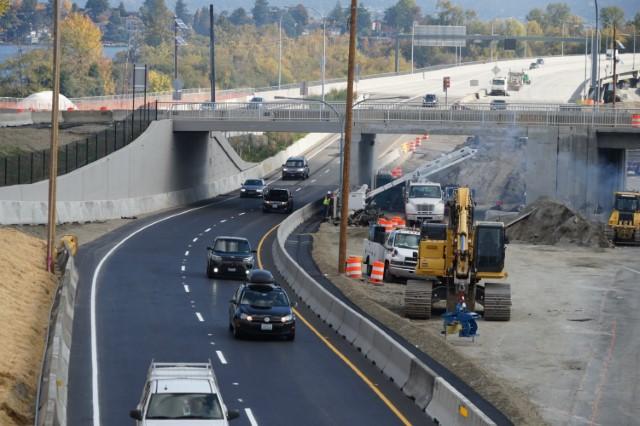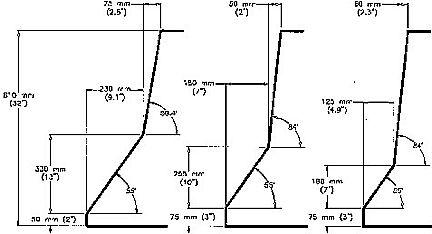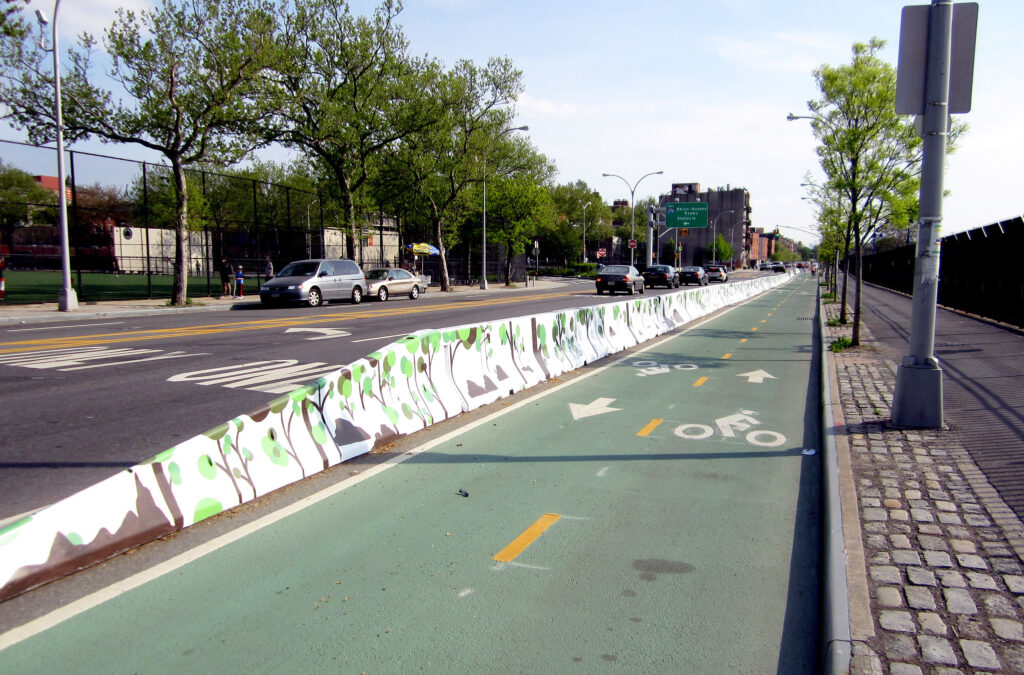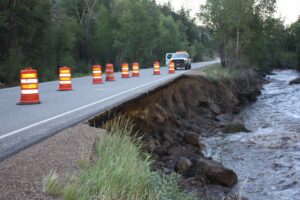When searching for concrete barriers, you might see many terms floating around. However, one name that comes up often is the K-Rail. This barrier model has been a go-to choice for traffic safety, site security, and construction zone perimeters for decades. But there’s more to K-Rail than meets the eye.
Here are four things you need to know about K-Rail.

1) K-Rail vs. Jersey Barriers: Same Product, Different Names
As many in the industry know, concrete traffic barriers go by many names. The pre-cast concrete segments most commonly go by the term “K-Rail” or “Jersey Barrier.” Despite the differing names, they are functionally the same thing.
K-Rail were developed in California in the 1940s as a safety measure along the state’s infamously dangerous “Grapevine Grade.” Because wooden guardrails were proving ineffective against collisions, the California Division of Highways developed a steel-reinforced pre-cast concrete median barrier. These segments were called K-Rail.
As word of the K-Rail’s success spread, other states started developing similar barriers. State Highway engineers in New Jersey also developed their own barrier in the 1940s and 1950s. They experimented with different angles and widths, settling on the design that is now called the Jersey Barrier.
These days, “K-Rail” is a more popular term in California, whereas “Jersey Barrier” is more commonly used throughout the rest of the country.

2) They are Designed for Safety
Despite their deceptively simple appearance, K-Rail are specifically built to keep drivers safe. Everything from the materials to the design is carefully considered. Made of concrete and reinforced with steel, K-Rail are heavy enough to withstand the force and impact of a vehicular collision.
The signature sloping face of a K-Rail is also by design. The multi-stage slope slides an impacting vehicle upwards, lifting it off the ground and redirecting it away from oncoming traffic. Even the height of K-Rail is specifically chosen to stop box trucks and tractor trailers on top of the barrier upon impact.
To verify their safety, K-Rail undergo crash testing. Federal and state authorities and international organizations apply crash-test ratings to each brand and style, helping organizations choose the safest product for their needs.

3) K-Rail Have a Longer Lifespan Than You Think!
The qualities that make K-Rail so durable are the same qualities that give them such a long life. Concrete is incredibly tough and can withstand weather conditions like rain, ice, snow, and floods. The steel interior reinforcements create a stable, solid structure that is not easily bent, warped, or moved. Additionally, their immense weight keeps them solidly in place.
If properly cared for, K-Rail can last many, many years without needing repairs or replacing. Even with signs of age (small cracks, spalling, dirt buildup), K-Rail can have a very long lifespan as long as their structure is intact.

4) From Roadsides to Bike Lanes to City Parks, K-Rail are Versatile Infrastructure
We are most accustomed to seeing K-Rail lining roadsides — that is their birthplace, after all! But, K-Rail have many, many uses beyond traffic safety. Just as K-Rail keep vehicles safe on the road, they can protect construction areas, pedestrians, and bike lanes from oncoming traffic as well. K-Rail have also been used for racetrack boundaries, events, and even wildlife crossings.
Their durable construction and easy portability make K-Rail a go-to choice for city planners and construction site professionals who need a safe, reliable, consistent solution for their projects.
–
Whether you’re searching for K-Rail, Jersey Barriers, or other concrete barrier products for your next project, the team at 48 Barriers can help you choose the right solution for your needs. When you’re ready for your quick quote, give us a call!



